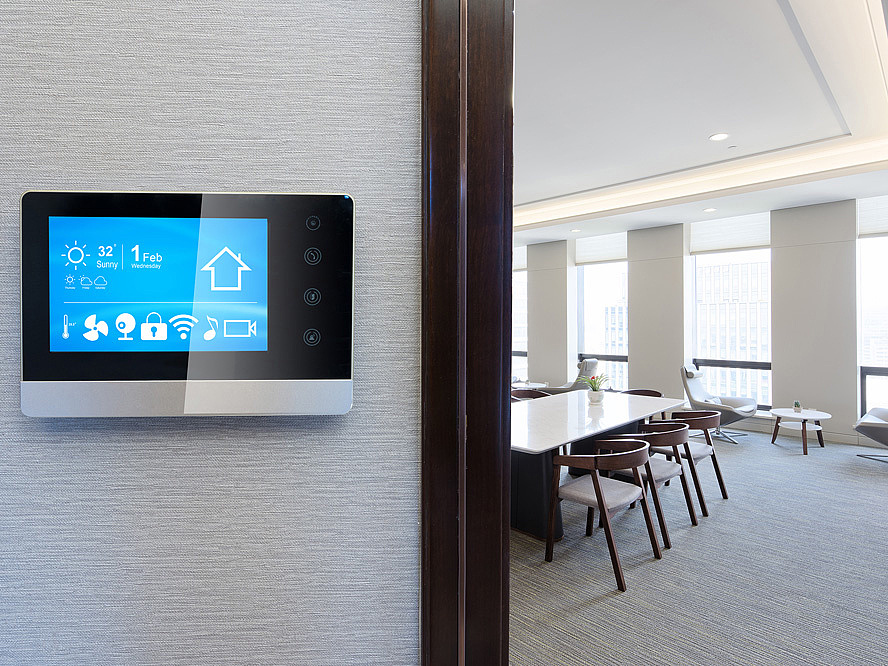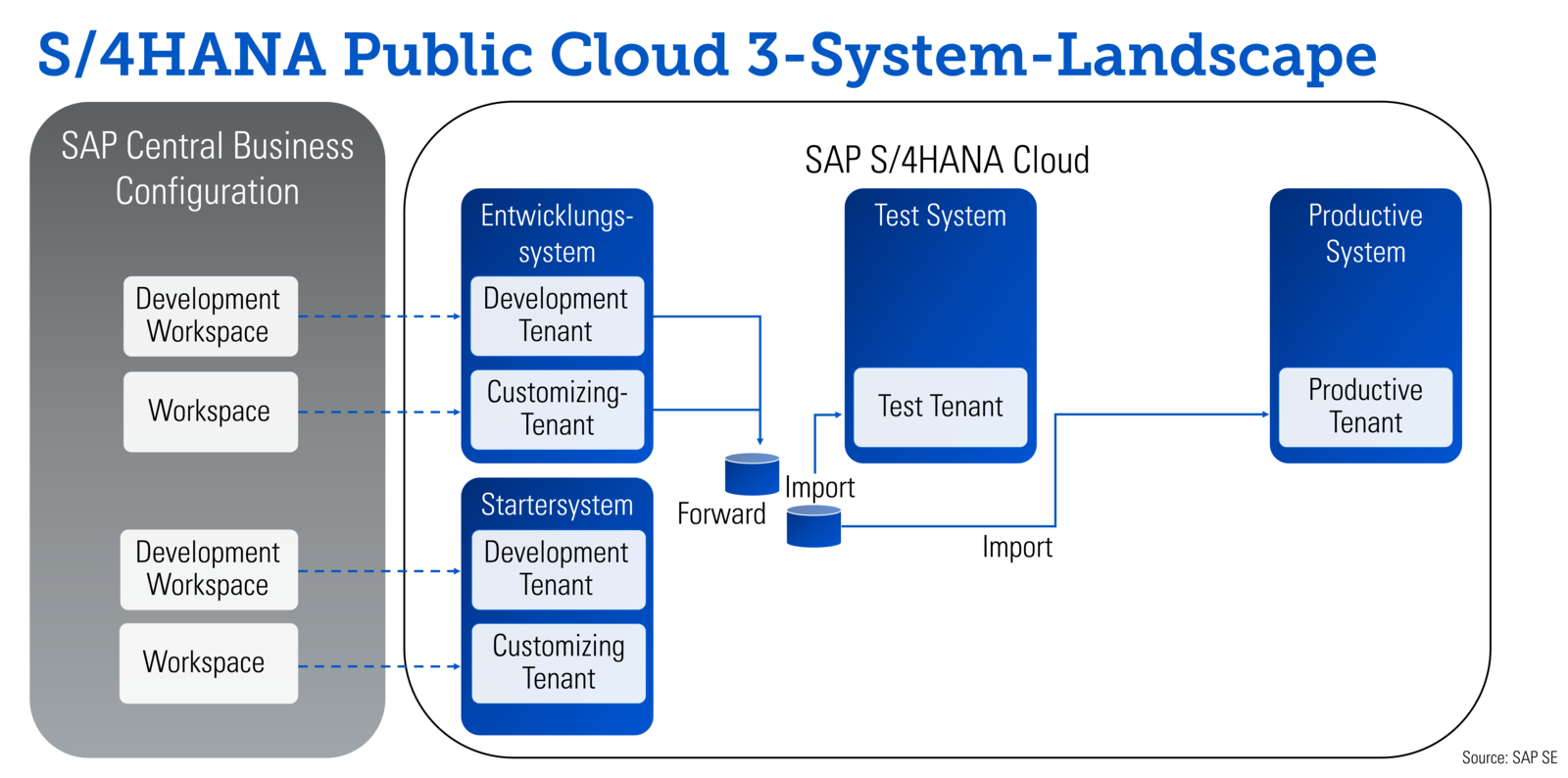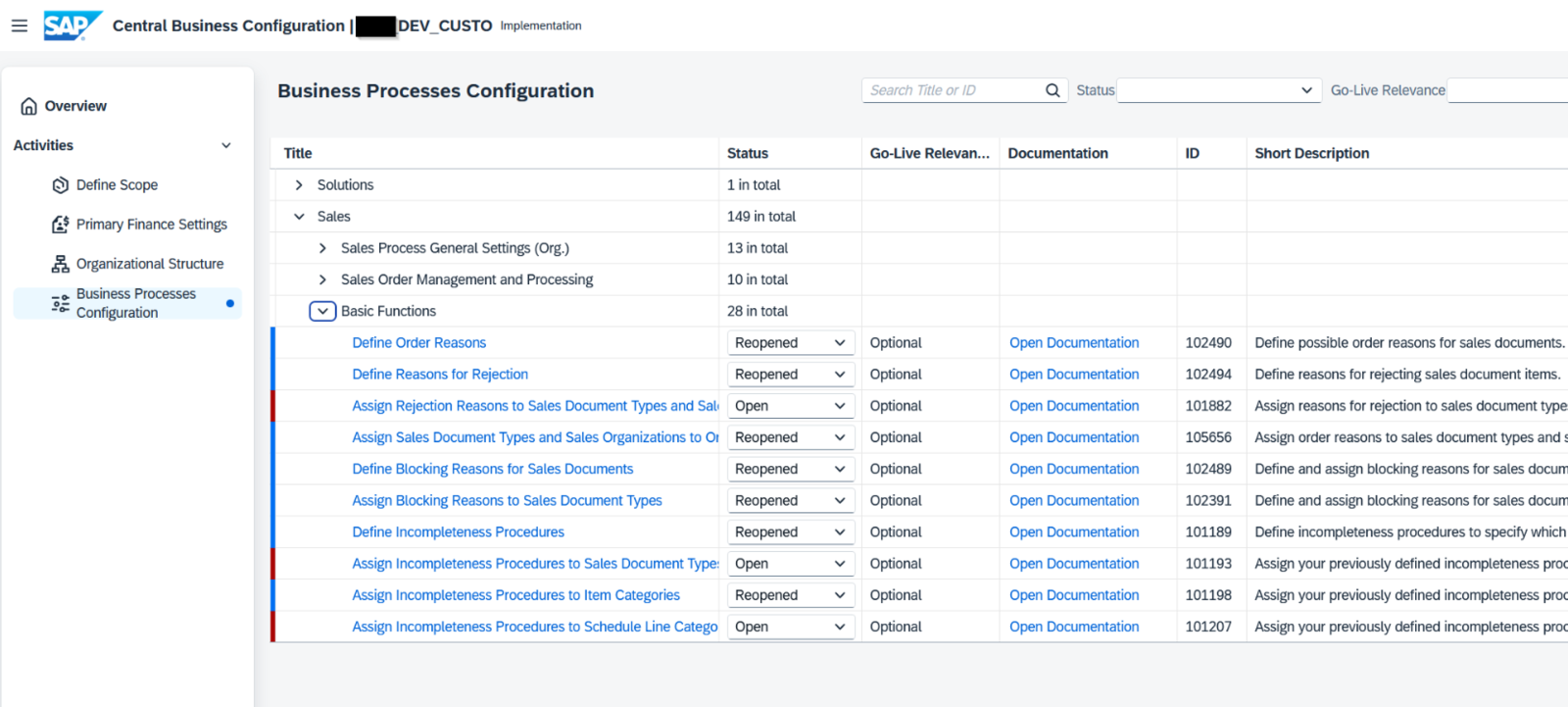SAP Central Business Configuration: Configuration of SAP S/4HANA Public Cloud
Since September 2022, the SAP S/4HANA Public Cloud has been provided to new customers as a 3-system landscape. A direct migration from the 2-system landscape to the 3-system landscape is not possible. SAP Central Business Configuration (CBC) is used for the central administration of one or more cloud solutions in the 3-system landscape configuration of the public cloud. CBC is currently only available for the SAP S/4HANA Public Cloud, although more use cases are planned for the future.
What Are the Main Features of SAP Central Business Configuration?
SAP Central Business Configuration (CBC) is a cloud-based platform that was developed to simplify and centralize the configuration of SAP applications. Its main features are as follows:
- Central configuration: CBC allows companies to configure and manage their SAP applications from one central place, resulting in more consistent and efficient configuration. CBC is currently only available for the SAP S/4HANA Public Cloud, although more use cases are planned.
- Simplified configuration: The platform offers an intuitive interface that enables users to configure applications without the need for in-depth technical knowledge.
- Best practice management: The platform offers best practice templates and recommendations and is closely linked to the SAP Activate methodology.
The four key components of CBC are Project Experience, Scoping & Organizational Structure, Central Configuration, and Business Configuration Workspaces. An integral part of CBC is the Project Experience app, which is used to configure SAP cloud solutions. The overarching purpose of SAP Central Business Configuration is to reduce the complexity of configuring SAP applications and help companies to manage and customize their SAP landscape more effectively.
What Does a Typical 3-System Landscape with CBC Include?
A typical 3-system landscape with SAP Central Business Configuration (CBC) comes with a number of core elements to support efficient configuration and administration. These elements are a starter system and development system, each with a development and customizing tenant, and a test system and production system, each with a customizing tenant. Development and testing activities are therefore clearly separated, which gives developers more opportunities to expand their projects.


